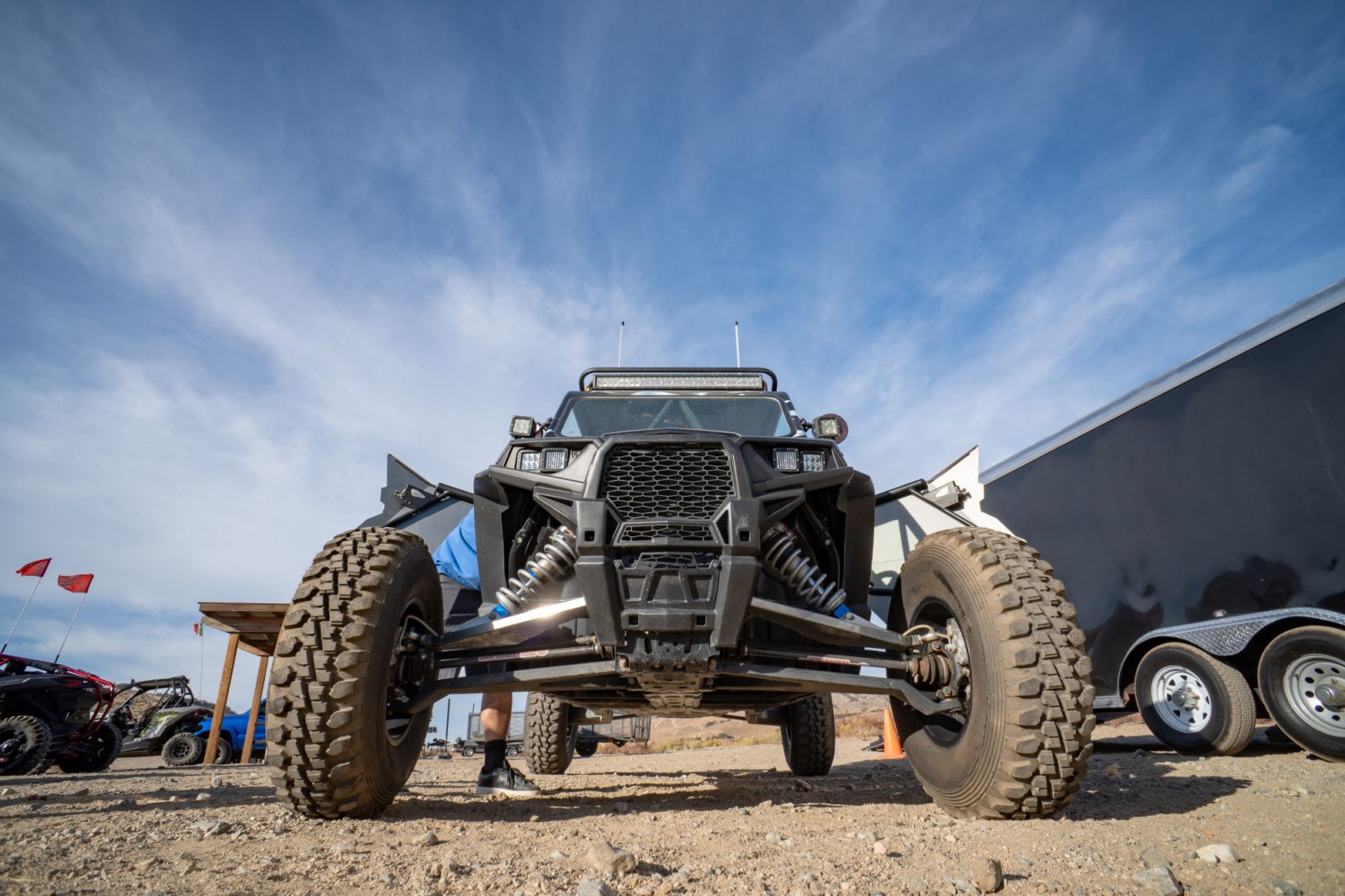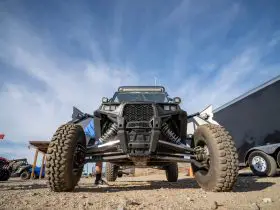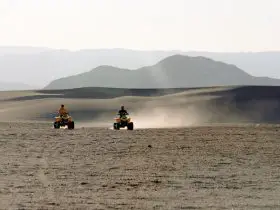UTVs, or utility terrain vehicles, have come a long way since their inception. These side-by-side vehicles have a lot of uses, from recreation to agricultural, construction, and even military. Their versatility has made them popular from the beginning.
The UTV may not have the long history of other vehicles, but in the short time its been on the market, the design has progressed over the years. A new UTV will be different from its predecessors in a lot of ways. Read on to find out how UTV design has changed.
Table of Contents
The Beginning of the UTV
The idea for the UTV has been around for decades. UTVs started out with a heavy emphasis on the utility aspect, but they’ve evolved over the years as a solution to a variety of problems. Their design has changed as a response to customers’ needs.
The Inspiration for UTVs
The inspiration for UTVs had been around for years. Jeeps used in World War II helped inspired the creation of UTVs. Their lightweight and utilitarian design inspired later creations. Dune buggies and ATVs would also heavily inspired the look of UTVs.
The First UTVs
In 1988, Kawasaki introduced the Mule (Multi-Use Lightweight Equipment) vehicle. This was the first modern UTV. Other manufacturers would soon follow. John Deere introduced the Gator in 1993. Polaris introduced the Ranger in 1999. Yamaha introduced the Rhino in 2003. These popular models still exist in some form today.
The popularity of the Rhino led to a lot of manufacturers making aftermarket parts and accessories. Yamaha Rhinos could be customized with everything from heaters to plow kits to stereo speakers, as well as more mundane parts such as wheel covers, seat covers, and storage racks.
Within only a few years of arriving on the scene, UTVs had impressed a lot of people and surged in popularity. It was only natural that people would want them for more than just work. UTVs would be a new source of fun.
UTVs Go Sporty
In 2007 Polaris introduced the RZR (pronounced Razor). This was a big change for the UTV industry. The RZR was the first UTV designed primarily for recreational use. The RZR introduced a sleeker, more aerodynamic look for UTVs.
Look at similar models released that year, such as Polaris’ own Ranger. The Ranger looks like a utility vehicle, designed for farm or hunting use. The RZR looks fast and sporty. The popularity and build of the RZR led to it being used often in racing, even in the prestigious 2021 Dakar Rally.
By now there was a UTV type for everyone and every occasion. Need to haul feed on the farm? Looking for a hunting vehicle? Wanting to get away for the weekend and go offroading? Looking to get into racing? Whatever your desire, there was now a UTV model for it.
UTV Tech Evolves
UTVs also evolved to be more comfortable for their users. Many UTVs, especially those designed for work, have added cabs to shelter their users from the elements. Sometimes these cabs have their own built-in heating or cooling units. Others prefer to add their own aftermarket units.
Then there are other parts that can be incorporated as part of a UTV: snowplows, winches, windshields, and dozens of other upgrades. UTV sales have increased the demand for aftermarket UTV parts.
Efficient Technology
The trend of electric power is also a recent trend for UTVs. While electric UTVs are not usually known for their power, they have become more common for hunting and farm use. The Nikola NZT, Polaris Ranger EV, and the Arctic Cat Prowler EV are a few examples of electric UTVs.
Electric UTVs run quieter than their gas-powered counterparts. They also run cleaner, emitting less pollution. However, they still have batteries that need to be charged, and they still lack the range of a traditional gas UTV.
Manufacturers soon began to include other efficient technology such LED lights and LED light bars on new UTVs. LED lights are long-lasting and power-efficient, and offer great lighting quality.
The Modern UTV
A new side by side vehicle may be a big investment, but it will be designed for either recreation or work, and possibly even more specialized than that. A new UTV will be designed for both functionality and comfort, unlike older models which prioritized function over anything else.
Traditionally UTVs have seated at least two people. But single-seat UTVs have been introduced. The Polaris RZR even comes in a single-seat RS1 model with a compact 83-inch wheelbase, and a 64-inch vehicle width. Traditional UTVs aren’t going anywhere, but single-seat UTVs are a new standard.
The Future of New UTVs
Expect UTVs to become more specialized, leaning more towards farm, hunting, or recreational use. UTVs have always evolved according to the design wishes of their owners.
Specialized UTVs will be incorporated into military and security use more. They can take on roles such as frontline operations, search and rescue, and disaster relief roles.
Polaris has expanded into this field even more with their MRZR Alpha. The new MRZR Alpha is an easily transportable, capable UTV with modular functionality. It’s designed for use by U.S. Special Operations Forces.
UTVs Are Here to Stay
Whether it’s for government, business, or personal use, the flexibility of the UTV has allowed it to be used for an infinite number of purposes. Its versatility is its strength.
Regardless of what make and model of UTV you have, it’s always important to maintain your UTV and extend its life. With proper maintenance, any UTV can provide years of enjoyment, as if it were a new UTV.










